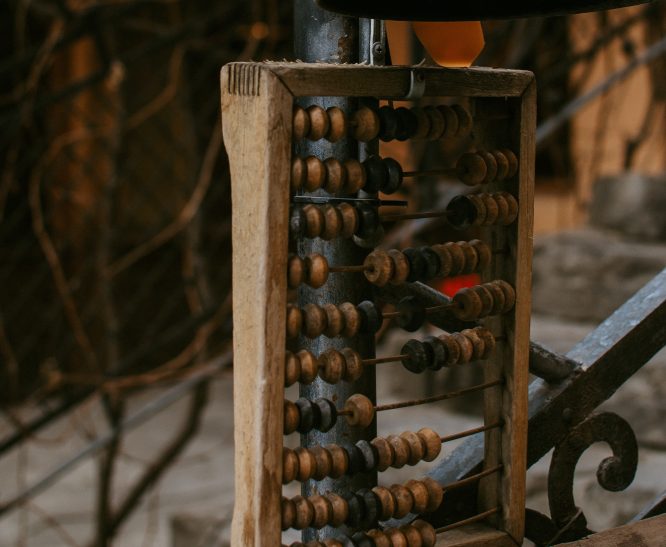Abacus Explained
Nearly everyone has encountered an abacus once in their life. It’s one of the oldest computational methods in the world, and many call it the precursor to the calculator. The truth is that many countries still use a modern version of the abacus. Here is everything you need to know about it.
How Old Is the Abacus?
There are many versions of the abacus, but the first signs of it appeared in ancient China in 1200 AD. Scientists later discovered an Aztec Abacus aging from 1000 AD. The assumption is that the Chinese first created the abacus and later spread it through trading and commerce.
What Is the History of the Abacus?
Before the creation of the abacus, people relied on mechanical means of tracking numbers, such as counting boards. These involved holding containers with pebbles to keep track of large counting. It started as large tables, but merchants later created portable versions.
The abacus itself first appeared in China, made from wood and metal. The difference was that it could do more complex arithmetic calculations than your average counting board. From there, variations of it became popular in nearby countries like Korea and Japan. Then, an Aztec version appeared hundreds of years later.
How Do You Calculate Abacus?
The most standard abacus has two sections and 13 columns. The lower section has five beads in each column, while the upper one has two. You begin counting on it from the right side. The lower beads have a value of one, while the two upper beads have a value of five. Once you count up to five of the lower beads, put them back down and convert them into five-value ones.
From here on, the columns represent increasing value. The rightmost column is in units, while the next one is tens. From there, you have hundreds, thousands, and so on.
What is 492 370 in Abacus?
There are two ways to interpret this in abacus. When you display two numbers, you add the two and show the result in the abacus. That would mean a sum of 862. Alternatively, you can also reach 492,370, considering that the abacus can count up to very high numbers.
What Is Abacus for Class 7?
Class 7 abacus refers to using the device for math problems for class 7 or seventh grade in India. India is one of the countries that has a modern abacus used for their primary and secondary education.
How Do You Write 5 in Abacus?
Writing five in abacus using the standard Chinese version is by pushing the top rightmost bead down. Each one in that column represents five units.
What Are the 8 Levels in Abacus?
The eight levels of abacus refer to the 24-month basic education program spanning 24 months. It’s designed for six to 15-year-old students and will teach them mathematical concepts using the abacus. The lessons include:
- Percentage
- Simplification
- Square root and cube root
- Square and cube
- Multiplication
- Addition
- Division
- Subtraction
What Are the 2 Types of Abacus?
The two most popular types of abacus are the Chinese and Japanese. Many parts of the world are familiar with the Chinese version or 5/2. However, a simplified 1/5 version became widespread in Japan, and the Japanese still use it today.
What Is Level 3 in Abacus?
Level 3 abacus refers to lessons taught to third graders on using the device. It contains rules for how to add and multiply, building upon the exercises taught in the first two levels. The third-level abacus focuses more on three-digit addition, subtraction, and two-digit multiplication.
How Do You Do 7 on Abacus?
You can do the number seven on the abacus through using the rightmost column of beads. Put one of the top beads down for the number five and two of the bottom beads for the number two. Adding them together, you have the number seven.
What Is Abacus for Class 6?
Class 6 abacus refers to abacus lessons taught to sixth graders in India. These usually consist of more complex multiplication computations such as three-digit multiplication.
What Is the Age Limit for Abacus?
There is no age limit for abacus, as anyone can learn the basic concepts early in childhood. Most children learn how to use it from age five onwards. The majority already know how to count to 100 using the abacus, even before they enter formal lessons.
Is Abacus Good for Children?
Many attest to the effectiveness of the abacus in honing a person’s arithmetic skills. As such, it’s something that many recommend teaching a child at a young age. Some experts believe it can also create more interest and passion for math as they grow up.
